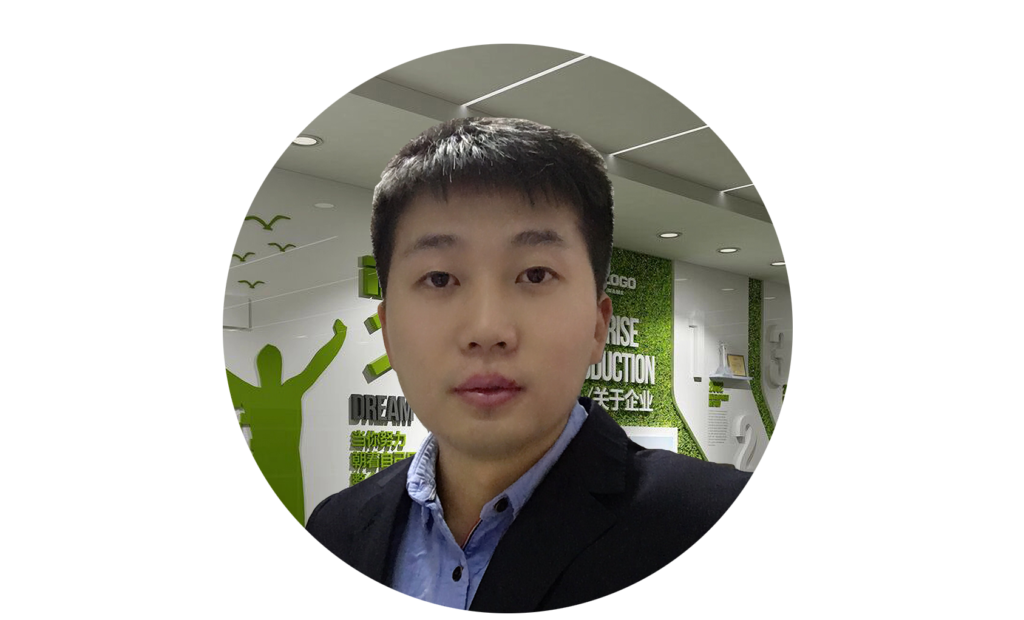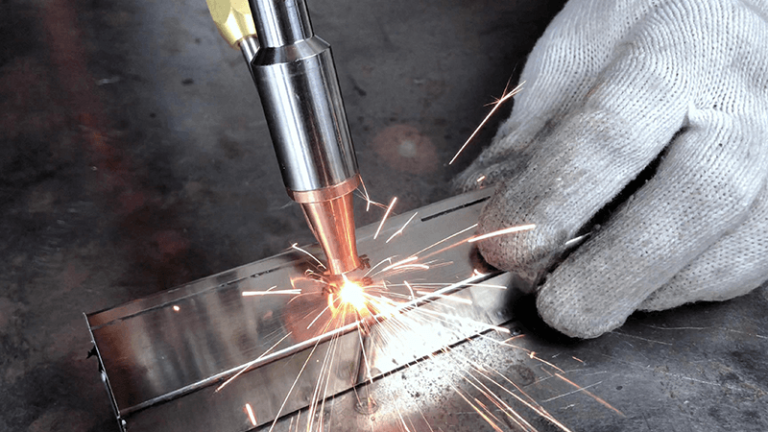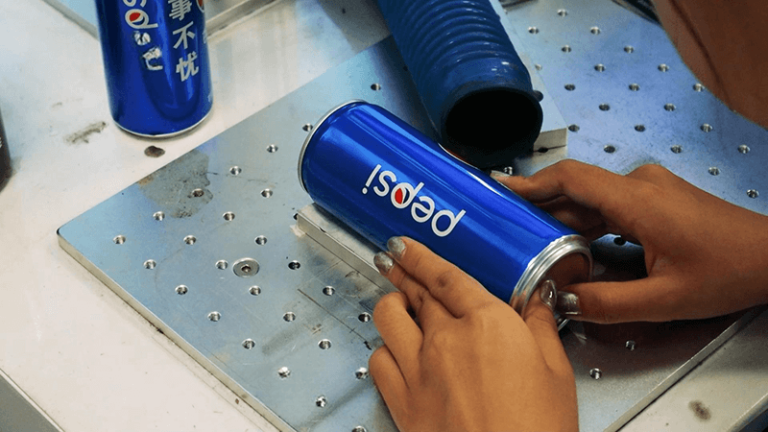Have you ever wondered how modern fabrication achieves precision and speed? It’s a challenge many face. The pressure to deliver high-quality products quickly is immense. Yet, many businesses still rely on outdated methods that can’t keep up. CO2 laser cutting has emerged as a game-changer, revolutionizing metal fabrication by providing unparalleled efficiency and accuracy.
CO2 laser cutting is a well-established technology utilized in modern fabrication processes, particularly for its versatility and precision in cutting various materials. This method employs a carbon dioxide laser, which generates a focused beam of light that can efficiently cut through metals, plastics, and non-metallic materials. Despite the emergence of newer technologies like fiber lasers, CO2 lasers continue to play a significant role in many industrial applications.
This technology allows for cleaner cuts and faster processing times. With the right machinery, we can significantly enhance our production capabilities and meet growing market demands. Curious about how CO2 laser cutting transforms the industry? Let’s delve deeper!
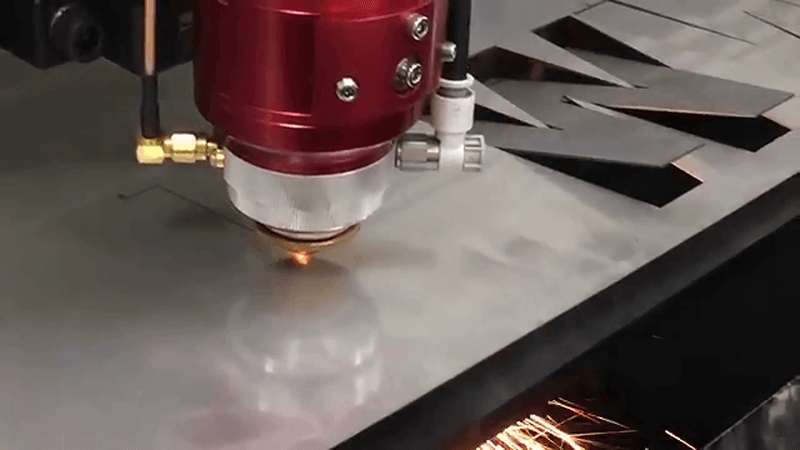
How is CO2 Laser Cutting Efficient?
Energy Efficiency
CO2 lasers are generally less energy-efficient than fiber lasers, with conversion efficiencies typically around 10-15% compared to fiber lasers' 25-30% efficiency. This lower efficiency translates into higher operational costs due to increased power consumption and gas usage.
Cutting Speed
In terms of speed, CO2 lasers are slower than fiber lasers, particularly when cutting thin metals. For instance, while high-power fiber lasers can achieve cutting speeds of 60 to 80 meters per minute for stainless steel, CO2 lasers typically operate at 20 to 30 meters per minute for similar tasks.
Precision and Quality
CO2 laser cutting produces high-quality cuts with smooth edges and minimal burrs, reducing the need for secondary finishing processes. The precision achievable with CO2 lasers is crucial in industries requiring exact tolerances, such as medical device manufacturing. The narrow kerf width (the width of the material removed during cutting) allows for optimized material utilization and reduced waste.
Material Compatibility
CO2 lasers are versatile in their ability to cut a wide range of materials. They perform exceptionally well on non-metals such as wood, acrylic, glass, and textiles, making them a preferred choice for applications in signage and woodworking. While they can cut some metals, they are less effective with highly reflective materials like aluminum and copper compared to fiber lasers.
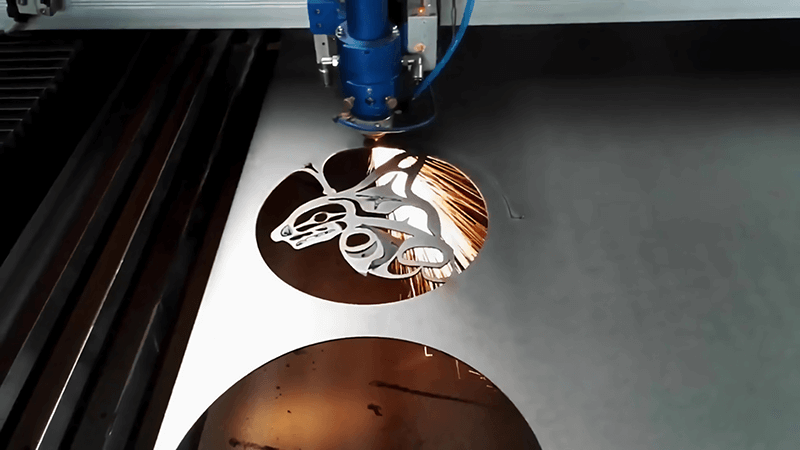
Applications of CO2 Laser Cutting
CO2 laser cutting technology has a variety of applications, particularly in industries that require precision and versatility. While CO2 lasers are primarily known for cutting non-metal materials, they also have specific applications in metalworking. Here are some key applications:
1. Industrial Manufacturing
Metal Fabrication: CO2 lasers are used to cut mild steel, stainless steel, and aluminum sheets, making them suitable for creating components in machinery and equipment.
The precision of CO2 lasers is crucial for producing lightweight and complex parts required in metal manufacturing.
2. Signage and Advertising
Sign Making: CO2 lasers are extensively used to cut and engrave materials like acrylic and wood for signage, allowing for intricate designs and custom shapes.
Promotional Displays: The technology enables the creation of detailed promotional items and displays that attract consumer attention.
3. Architecture and Construction
Architectural Elements: CO2 lasers can produce decorative panels and cladding for buildings, enhancing aesthetic appeal while maintaining structural integrity.
Custom Fabrication: They are utilized to create unique architectural features that require precise cuts and designs.
4. Electronics Manufacturing
Component Production: CO2 lasers are employed to cut and engrave components for electronic devices, ensuring accurate dimensions necessary for assembly.
5. Crafting and Hobbies
Custom Crafts: Hobbyists use CO2 laser cutters for crafting projects, producing detailed patterns in various materials including wood and leather.
6. Prototyping
Rapid Prototyping: The speed and precision of CO2 laser cutting make it ideal for creating prototypes across different industries, helping designers quickly iterate on their concepts.
7. Packaging Industry
Packaging Solutions: CO2 lasers are used to cut cardboard and other packaging materials, allowing for custom shapes that enhance product presentation.
8. Automotive Industry
Parts Manufacturing: They are also utilized in the automotive sector for cutting components with high precision, contributing to the production of vehicles.
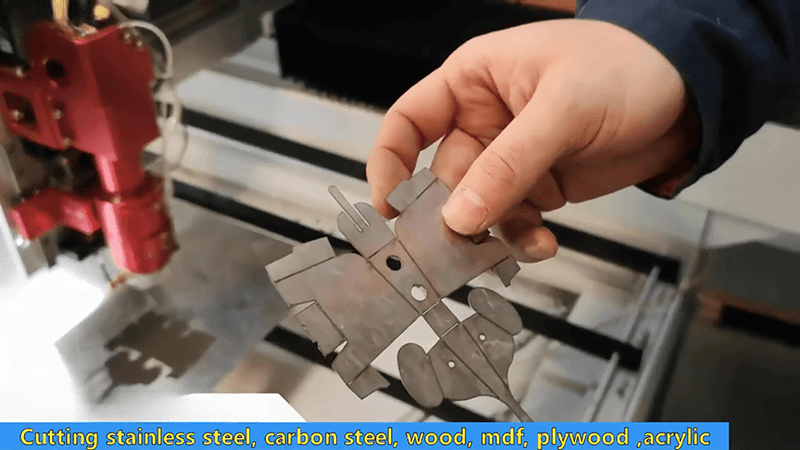
The Technology Behind CO2 Lasers
CO2 lasers are a type of gas laser that utilize a mixture of gases, primarily carbon dioxide (CO2), nitrogen (N2), and helium (He), to generate a high-intensity infrared laser beam. This technology has evolved significantly since its inception in the 1970s and has become a crucial tool in various industrial applications, particularly in cutting and engraving materials.
Working Principle
- Gas Mixture: The laser operates within a sealed glass discharge tube filled with a specific gas mixture. When a high-voltage electrical discharge is applied, it excites the gas molecules, leading to the emission of light. The primary light-emitting molecules are CO2, which produce infrared light at a wavelength of approximately 10.6 micrometers.
- Beam Generation: The mirrors at either end of the discharge tube help amplify the light by reflecting it back and forth until it exits through a partially reflective mirror. This process generates a coherent laser beam that is directed toward the workpiece.
- Focusing the Beam: After exiting the tube, the beam is focused using lenses and mirrors, allowing it to concentrate its energy onto a small area of the material being cut or engraved. This focused beam can achieve very high power densities, enabling it to melt or vaporize material with precision.
- Cutting Process: During operation, an assist gas—commonly oxygen or nitrogen—is introduced coaxially with the laser beam. This gas helps to blow away molten material from the cutting area, enhancing the cutting efficiency and quality. The CO2 laser can cut various materials, including metals, plastics, wood, and textiles.
Advantages of CO2 Lasers
- High Precision: CO2 lasers provide excellent cutting quality with narrow kerf widths (typically 0.1–0.5 mm) and minimal heat-affected zones (HAZ), reducing warping and ensuring clean edges.
- Versatility: They can cut a wide range of materials, making them suitable for diverse applications across different industries.
- Non-Contact Process: The laser does not physically touch the material, minimizing contamination and damage risks.
- Efficiency: CO2 lasers can achieve high cutting speeds while maintaining good edge quality, making them suitable for high-volume manufacturing.
Limitations
Despite their advantages, CO2 lasers have some limitations:
- Material Thickness: They are less effective for cutting very thick metals compared to fiber lasers, which can handle thicker materials more efficiently.
- Operational Costs: While they are efficient, CO2 lasers generally have higher operational costs due to the need for gas mixtures and more complex optical systems compared to newer technologies like fiber lasers.
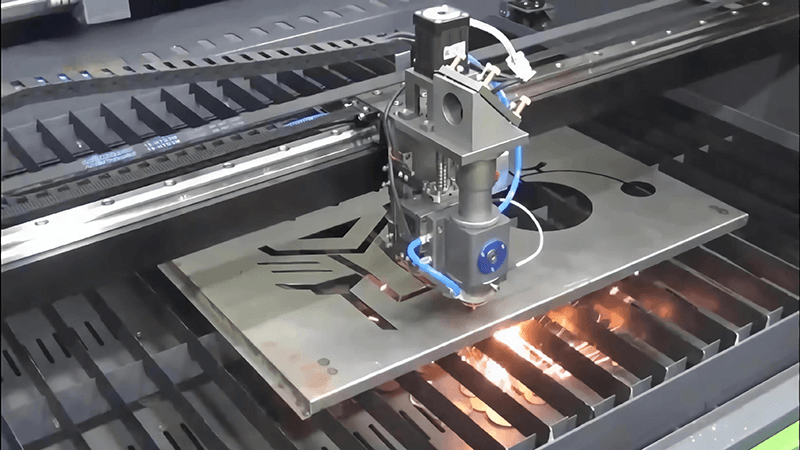
Challenges and Solutions
CO2 lasers are great tools, but they do come with some challenges. One big issue is the cost. These machines can be pretty pricey upfront. However, the savings from less waste and faster production can make it worth the investment over time.
Maintenance is another thing to keep in mind. Like any tech, CO2 lasers need regular care to work their best. Setting up a good maintenance schedule can help avoid costly downtime. Do you know what maintenance your laser cutting equipment needs?
Here are some common challenges with CO2 lasers for cutting metal, along with simple solutions:
1>. Material Limitations: CO2 lasers don’t do well with reflective metals like copper and aluminum.
Solution: Try using a fiber laser instead for these materials.
2>. Speed vs. Quality: Cutting too fast can lower the quality of the cuts.
Solution: Adjust the cutting settings (like speed, power, and focus) to find a good balance.
3>. Thickness Issues: They struggle with very thick metals.
Solution: Use a higher-powered CO2 laser or combine cutting methods for thicker materials.
4>. Gas Costs: The gas needed for cutting can add up.
Solution: Look for more efficient gas systems and consider different cutting gases.
5>. Heat Affected Zone (HAZ): Too much heat can weaken the metal.
Solution: Fine-tune cooling systems and cutting speeds to minimize heat damage.
6>. Maintenance Needs: Regular upkeep is crucial for top performance.
Solution: Create a routine maintenance plan and train operators on proper care.
7>. Material Warping: Heat can cause thinner materials to warp.
Solution: Use fixtures to hold materials flat and adjust cutting patterns to reduce heat buildup.
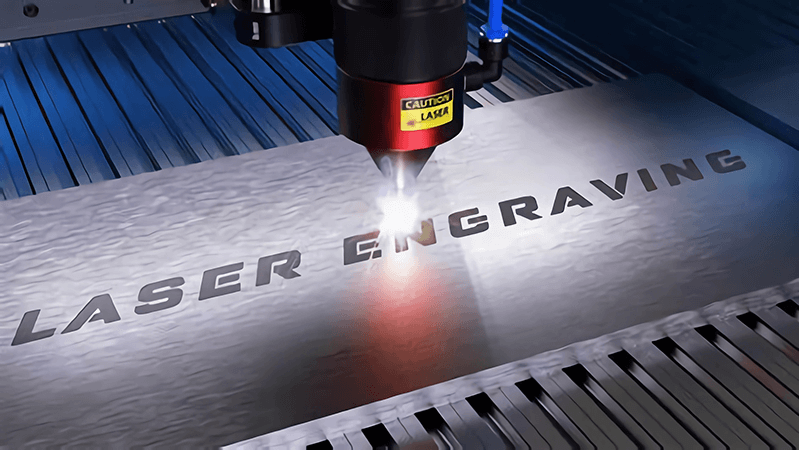
Kirin Laser’s Expertise and Advantages
At Kirin Laser, we understand the unique challenges faced by manufacturers. Our CO2 laser cutting machines are engineered to meet the highest standards of quality and efficiency. We focus on cost-effective solutions without compromising performance. Our commitment to innovation ensures that our customers have access to the latest advancements in laser technology.
Our team of experts provides extensive support, from installation to ongoing maintenance. We believe in building lasting relationships with our clients. Our machines are not just tools; they are an investment in your future. Are you ready to elevate your production capabilities with Kirin Laser?
Recommended Products and Models
We offer a range of CO2 laser cutting machines tailored to different needs:
Kirin Laser KR-6090: Ideal for small to medium-sized projects, this machine offers precision cutting and is perfect for various materials.
Kirin Laser KR-1390: A versatile option for larger projects, this model combines speed and accuracy, making it suitable for heavy-duty applications.
Kirin Laser KR-1225: Our flagship model, designed for maximum efficiency, can handle thick metals and is equipped with advanced automation features.
With our range of products, we cater to diverse needs across industries. What projects are you currently working on that could benefit from our cutting-edge technology?
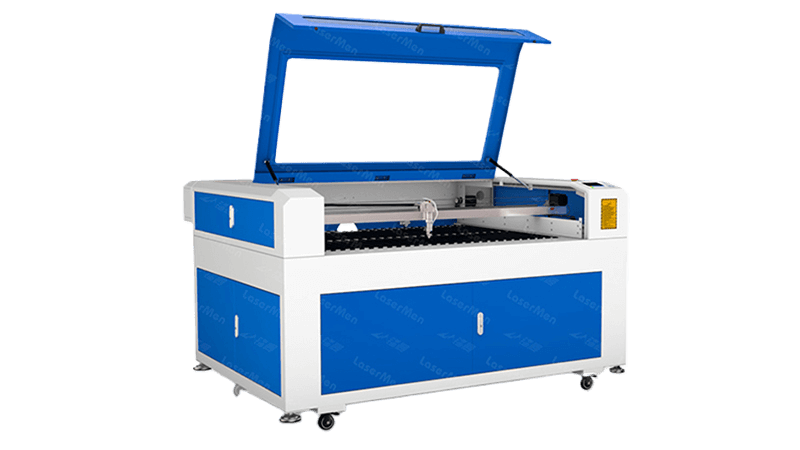
Future Trends in CO2 Laser Cutting
As we look to the future, what trends can we expect in CO2 laser cutting? One exciting development is the integration of AI and automation. This advancement could enhance efficiency even further, allowing machines to adapt to varying material types and thicknesses. Imagine the possibilities!
Sustainability is also becoming a priority. New technologies aim to reduce energy consumption and waste during the cutting process. Staying ahead of these trends can give businesses a competitive edge. How do you see these advancements affecting your industry?
Conclusion
In conclusion, CO2 laser cutting stands out as an efficient and versatile technology in modern fabrication. Its ability to deliver precision, speed, and flexibility makes it invaluable for various industries. If you're looking to enhance your production capabilities, consider investing in CO2 laser technology. It’s time to elevate your projects to the next level!
References:
1>. "Why are Metal Cutting Lasers Essential for Modern Fabrication?", from Kirin Laser.
2>. "Exploring the Wide Range of Industrial Applications for Lasers?", from Kirin Laser.
3>. "How Welding with Laser Technology Enhances Precision and Strength?", from Kirin Laser.
4>. "Top 5 Benefits of Laser Engraving Wood for Craftsmen?", from Kirin Laser.
5>. "Top 5 Benefits of Laser Engraving Wood for Craftsmen?", from Kirin Laser.
6>. "How Can You Achieve Optimal Laser Machine Cutting Performance?", from Kirin Laser.
7>. "Applications of CO2 Laser Cutting Machines", from Sintecoptronics.

